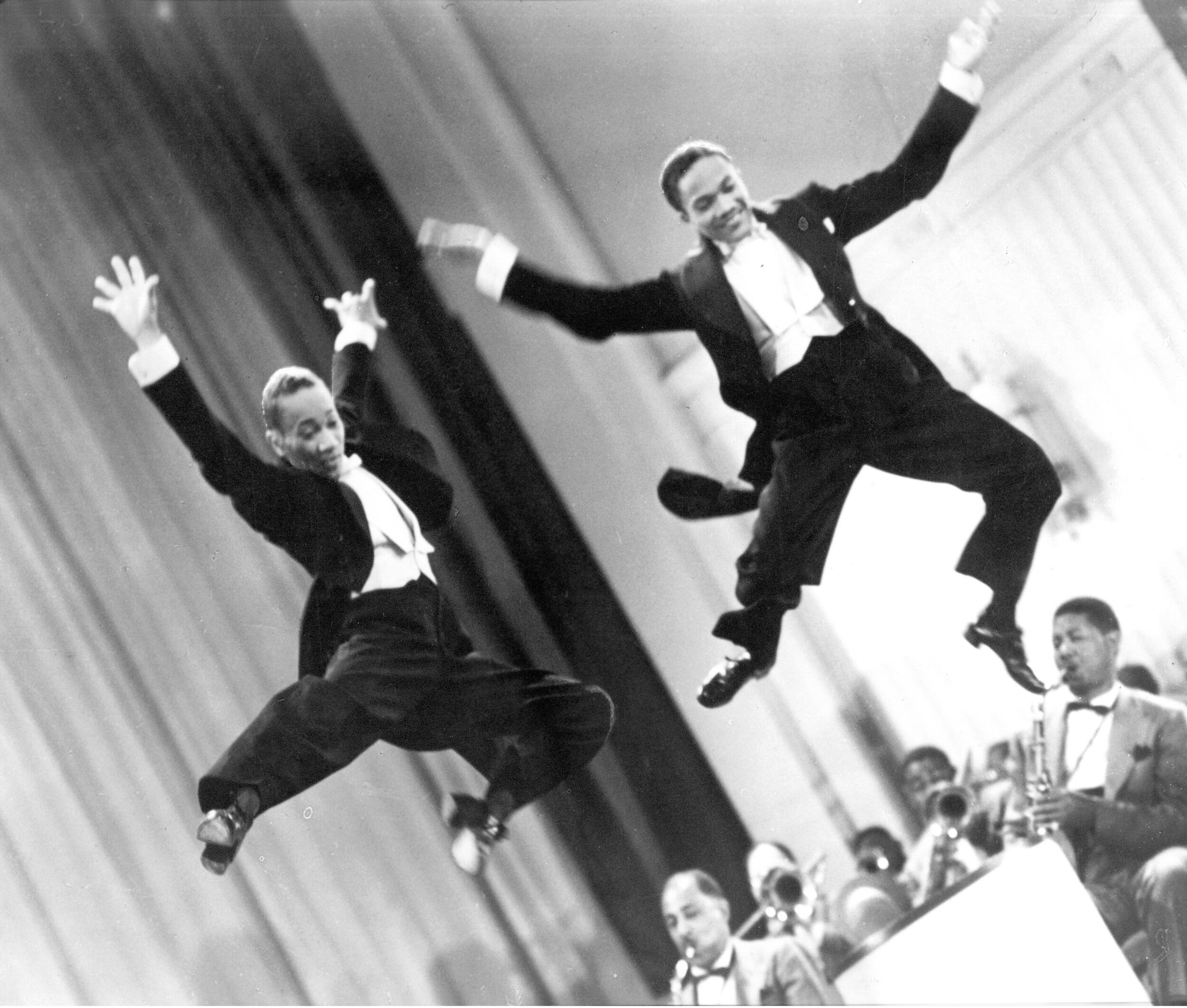Maliphant: Challenging the Hierarchy of Creation
Russell Maliphant’s ‘Vortex’ © Roswitha Chesher
A little while ago I attended a performance of ‘Vortex’ by the Russell Maliphant Dance Company. (Sadler’s Wells Theatre, London. Touring England until 29 June.) The piece represents choreographer Maliphant’s response to the work of abstract expressionist painter Jackson Pollock.
‘I didn’t want to make a piece that was literally about Pollock, that said this is his life. ‘Vortex’ is more tangential than that. It’s about energy, paint, gravity, form, physicality.’
‘Vortex’ begins with a single dancer in front of a large canvas that glows gold at his touch. The canvas is then tilted and athletically scaled. It becomes a spinning stage on which a performance is played out; a screen onto which spiralling silhouettes are projected.
The team of five dancers twist and turn, roll and rotate - gracefully, elegantly, hypnotically. They skip around a metal bucket swinging from the ceiling. They pirouette alongside a beautifully billowing silk sheet. They sway under a cascade of falling sand, tracing circular patterns on the stage as it settles. And all the while lighting designer Ryan Joseph Stafford bathes them in ligneous stripes, radiant pools and flickering shadows.
It’s a compelling piece.
Russell Maliphant’s ‘Vortex’
‘Philosophically, personally, I like calm.’
Maliphant is known for creating fluid, smooth, circular movements, and in this context we are reminded of Pollock’s process and product: his bold, physical painting technique and his emotionally expressive, colourful canvases.
In an interview after the show Maliphant offered a definition.
‘What is choreography? The interaction of the figure, the light, the movement and the space.’
I pondered this concise articulation for a moment, before I noticed that it didn’t include music. Maliphant had consciously omitted what many would imagine as a foundational component of dance. He explained that music was important to him, but it did not come first - changing the hierarchy of the creative process was central to his approach.
I think that – curiously - creative people can sometimes be quite conservative in their outlook; somewhat set in their ways. Too often they are constrained by the inertia of their own assumptions; by the straitjacket of custom and convention. We would all benefit from occasionally reordering standard practices; challenging technical hierarchies; setting aside our methodological habits.
Because if you want to change the product, you should try changing the process.
'Well, I've been afraid of changing,
Because I've built my life around you.
But time makes you bolder,
Even children get older,
And I'm getting older too.
Oh, take my love, take it down.
Climb a mountain and turn around.
And if you see my reflection in the snow-covered hills,
Well, the landslide will bring it down.’
Fleetwood Mac, 'Landslide' (S Nicks)
No. 420










